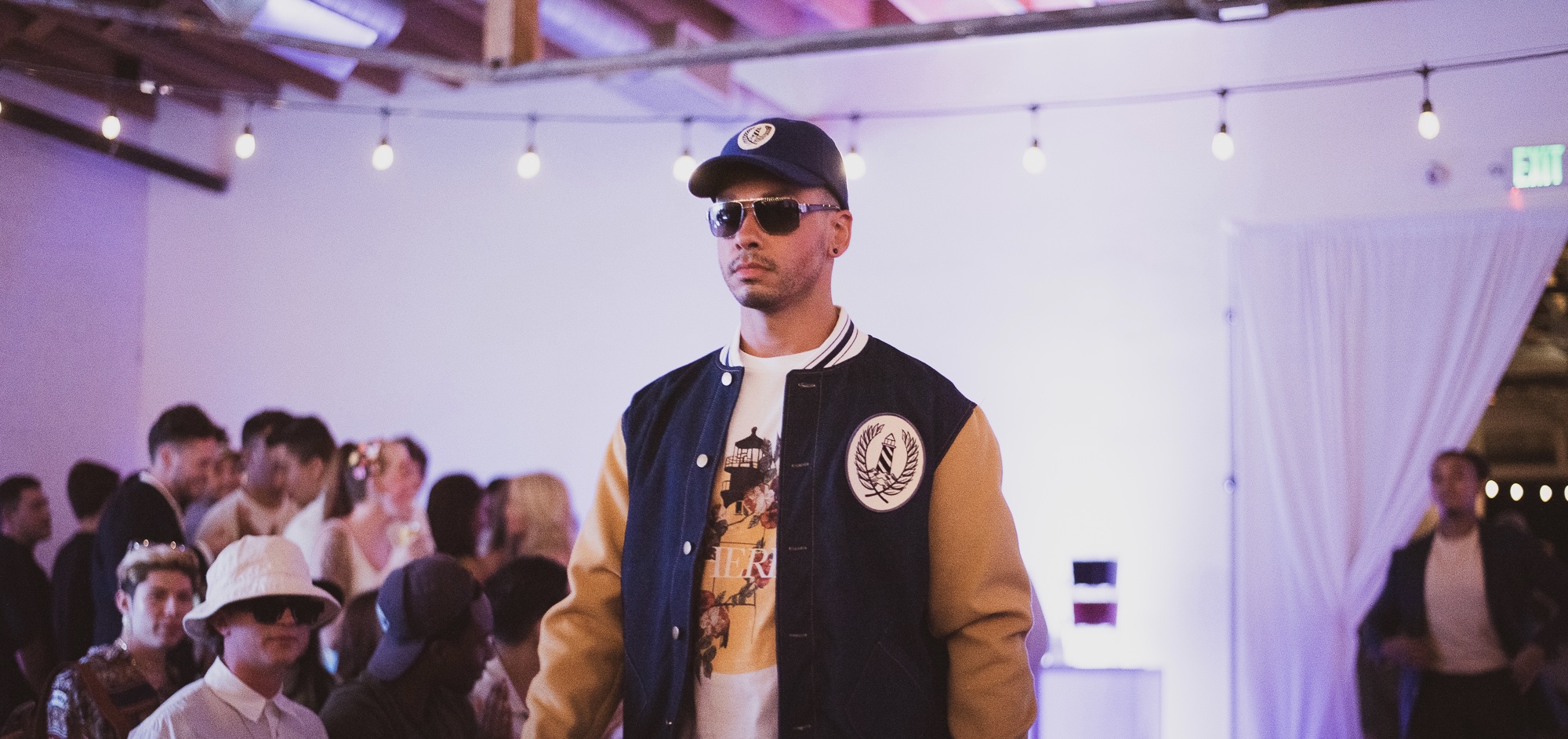
Why Thrift, Upcycling Are the ‘Only Relevant Conversation’ in Fashion – WWD
[ad_1]
Thrifting is officially a mainstream movement in the U.S.
And National Thrift Shop Day on Wednesday counts scores of new (and longtime) admirers in fashion for thrifting’s history, trendiness and relevance. Whether it be the inspiration behind a new fashion design show called “Upcycle Nation” coming this fall, or the resurgence of brand names and Y2K fashion, thrifting is doing a number on American shoppers.
What Is National Thrift Shop Day
The majority of Americans have purchased something secondhand in their lifetime. And today, everyone from brick-and-mortar thrift mainstays like Goodwill, municipal waste programs like New York City’s DonateNYC (with 30 participating thrift stores) to online resellers like ThredUp have promoted messages for National Thrift Shop Day. According to the National Association of Resale Professionals, or NARTS, the physical thrift store count sits at 25,000 in the U.S., contributing to the multibillion-dollar resale industry that is estimated to reach $77 billion by 2025.
Though the narrative is increasingly dominated by online resale, the early American thrift movement finds roots in not only Industrialization, but also World War I rationing and price savviness. But it wasn’t until Earth Day entered the picture in 1970 that National Thrift Shop Day shows any record of formal celebration. Originally intended to draw financial support to local thrift shops and their charitable aims, the holiday has since spiraled into a broader, promotional and environmental call-to-action to waste less and shop secondhand more.
What Designers Say of Thrift
More than half — or 54 percent — of Americans are trying more throwback trends thanks to the ease of secondhand, according to a recent report from web-based styling platform StyleSeat. Surveying more than 1,000 U.S. consumers, the trends comprise everything from an affinity for Y2K fashion, sportswear, sporty sunglasses, mom jeans, cargos, tie-dye and matching sets.
For this reason, designers are still betting on used goods for the future.
“Upcycling is technically the only relevant conversation we should be having these days across all industries as we see landfills stacked with bottles, blankets, clothes, bags, furniture often with tags still on them,” fashion designer Jérôme LaMaar told WWD. “We are living in an age where goods are created rapidly and worn once and tossed. This way of life needs a practical solution that has style and imagination to usher in a new way to experience our pre-loved goods.”
LaMaar, along with upcycling innovator Peder Cho and “Claws” actress Karrueche Tran are judges for Fuse’s new show “Upcycle Nation,” airing in November 2022. The show captures how aspiring designers and upcyclers from across the U.S. transform previously discarded items into articles of clothing with hopes to inspire a collective — and stylish — solution to waste.
A longtime thrifter, LaMaar said, “Very often, when I wear things thrifted mixed with my high fashion it later becomes a trend,” likening it to a sort of gift and curse that means more dynamic pieces aren’t as frequent finds anymore. “Thrifting is hot simply because the level of craftsmanship doesn’t exist at that level in the current fashion climate. Now, I try to shop for things that feel magical to my personal taste — like jewelry or cool eyewear.”
Why Labels Lead, Consumption Crossroads
Unsurprisingly, the hunt for brands and designers is steering thrifting shopping behaviors.
Data-driven online resale platforms document how branded apparel — names like J. Crew, Lululemon, Nike and Levi’s — consistently drive up searches and sales. A recent report from Recurate, however, said fast-fashion brands were only second to midpriced brands in terms of demand. A closer look at ThredUp data shows Shein inventory alone increased a mind-boggling 186 percent from 2020 to 2021.
“To see fast fashion so high in the priority list of respondents to this report does surprise me, but I wonder how the results would differ if vintage was considered in the equation,” commented Emily Stochl, director of education and community engagement at advocacy nonprofit Remake, as well as host of the “Pre-Loved Podcast.”
Reflecting on the thrift ecosystem, Stochl believes today’s thrifter is caught lamenting the comparative quality and uniqueness of garments from past eras compared to the mass-produced, lower-quality garments of today. She contends that labels — regardless of price or quality — make it easier for newcomers to enter the secondhand conversation.
“Particularly for mid- and plus-size secondhand shoppers, I often recommend this as a great option to hone in on specific pieces available in your size from brands you already recognize,” she added. “Additionally, it is also an easy way for fast-fashion regulars to slowly transition their buying from firsthand products to secondhand products.”
Still she is wary of overconsumption. “As secondhand shopping grows in popularity, I think our consumer education for the secondhand shopper will need to center around decreasing shopping altogether, so we don’t simply copy-paste overconsumption habits.”
[ad_2]
Source link


